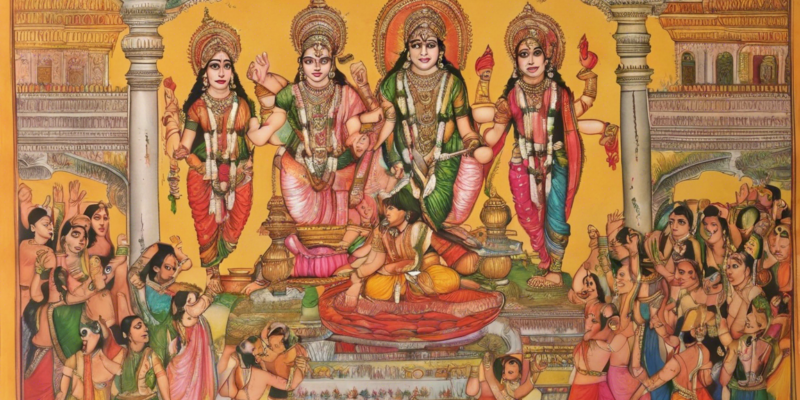The Varnamala, or the Hindi alphabet, is the backbone of the language, much like any other language’s script. Understanding the Varnamala is essential for anyone looking to learn and master the Hindi language. In this comprehensive guide, we will delve into the mysteries of Varnamala, exploring its history, structure, sounds, and pronunciations. By the end of this article, you will have a solid foundation in the Hindi alphabet, enabling you to read, write, and speak Hindi with confidence.
History of Varnamala
The roots of the Hindi Varnamala can be traced back to the Brahmi script, an ancient writing system used in India around the 3rd century BCE. Over the centuries, the script evolved and took on different forms, eventually leading to the development of the Devanagari script, which is used to write Hindi, Marathi, Nepali, and several other languages.
Structure of Varnamala
The Hindi Varnamala consists of 13 vowels and 33 consonants, making a total of 46 primary characters. These characters are arranged in a grid-like fashion, known as the Varnamala chart, with each row representing a specific type of sound. The vowels are listed horizontally at the top of the chart, while the consonants are arranged vertically, with the vowels attached to them.
Sounds and Pronunciations
One of the unique features of the Hindi Varnamala is its use of matra, or diacritical marks, which are added to the characters to modify their sounds. For example, the vowel “अ” can be modified with a matra to produce different sounds like “आ”, “इ”, “ई”, etc. Similarly, the consonant “क” can be combined with a matra to create sounds like “का”, “कि”, “की”, etc.
Learning the Varnamala
Tips for Beginners:
- Start by familiarizing yourself with the basic characters of the Varnamala.
- Practice writing each character repeatedly to improve your penmanship and recognition.
- Use flashcards or online resources to test your knowledge and retention of the characters.
- Listen to native speakers and try to imitate the sounds they make to improve your pronunciation.
Common Challenges and How to Overcome Them:
- Many beginners struggle with distinguishing between similar-sounding characters, such as श (sha) and स (sa). Practice and repetition are key to overcoming this challenge.
- Some learners find it hard to remember the Devanagari script. One way to tackle this is to immerse yourself in the language by reading Hindi books or newspapers.
Frequently Asked Questions (FAQs)
1. What is the difference between vowels and consonants in Hindi Varnamala?
In the Hindi Varnamala, vowels are sounds that can be pronounced on their own, such as अ, आ, इ, ई, etc. Consonants, on the other hand, are sounds that require a vowel to be pronounced, such as क, ख, ग, घ, etc.
2. How many characters are there in the Hindi Varnamala?
There are a total of 46 primary characters in the Hindi Varnamala, consisting of 13 vowels and 33 consonants.
3. What are matras in Hindi Varnamala?
Matras are diacritical marks that are added to characters in the Varnamala to modify their sounds. They are crucial for changing the pronunciation of characters.
4. How can I improve my pronunciation of Hindi Varnamala characters?
To improve your pronunciation, practice listening to native speakers, imitate the sounds they make, and repeat the characters aloud. Consistent practice is key to mastering pronunciation.
5. Are there any online resources for learning Hindi Varnamala?
Yes, there are several online resources, such as websites, videos, and mobile apps, that offer tutorials and exercises for learning the Hindi Varnamala. These resources can be helpful for self-paced learning.
Delve into the world of Hindi Varnamala with curiosity and dedication, and you will unlock the magic of this beautiful script. Mastering the Varnamala is the gateway to fluent communication in Hindi and a deeper appreciation of the language’s rich cultural heritage. Happy learning!


